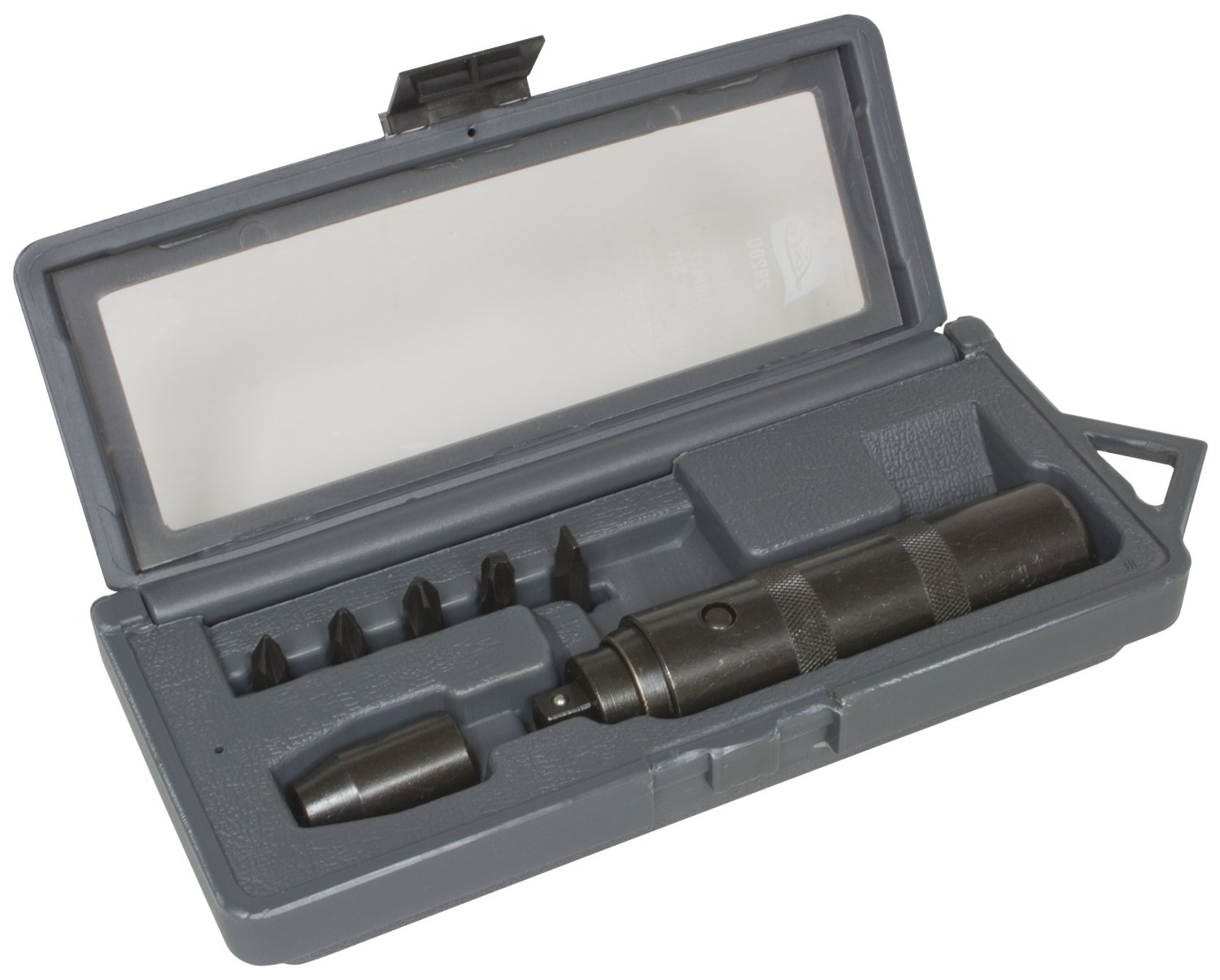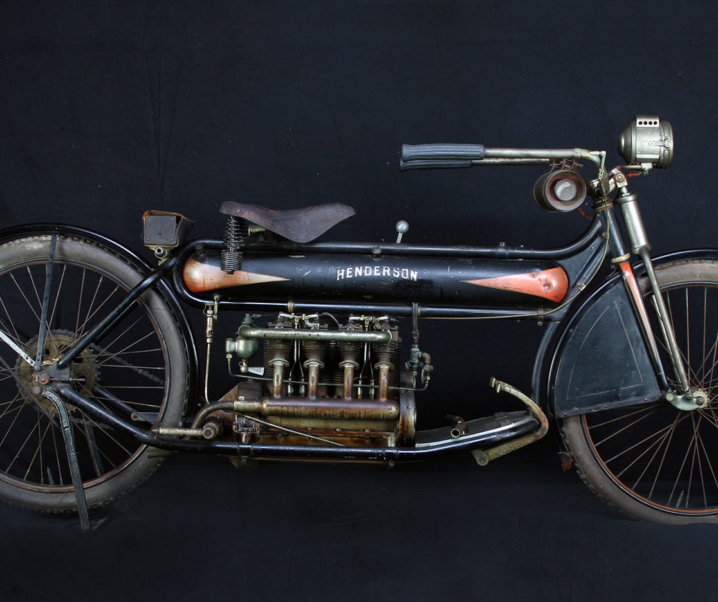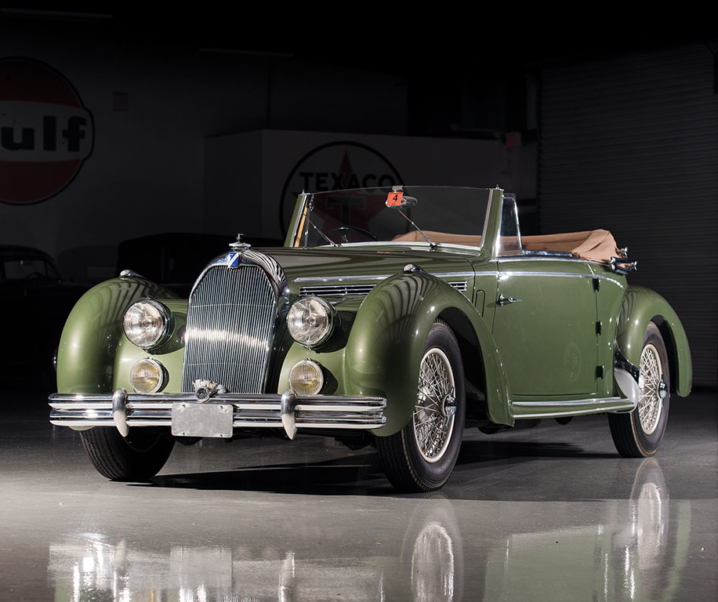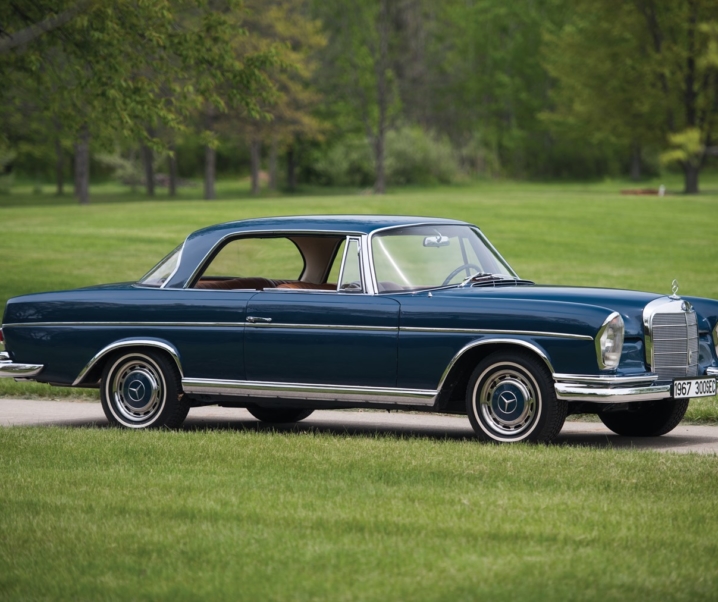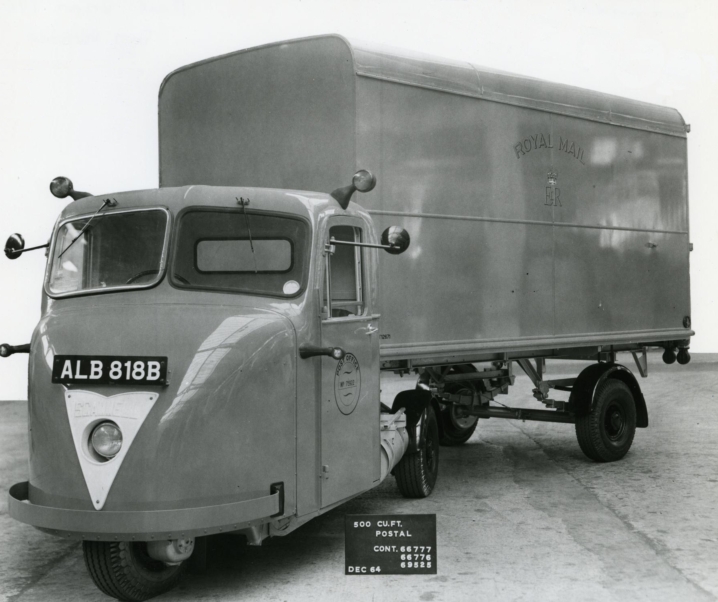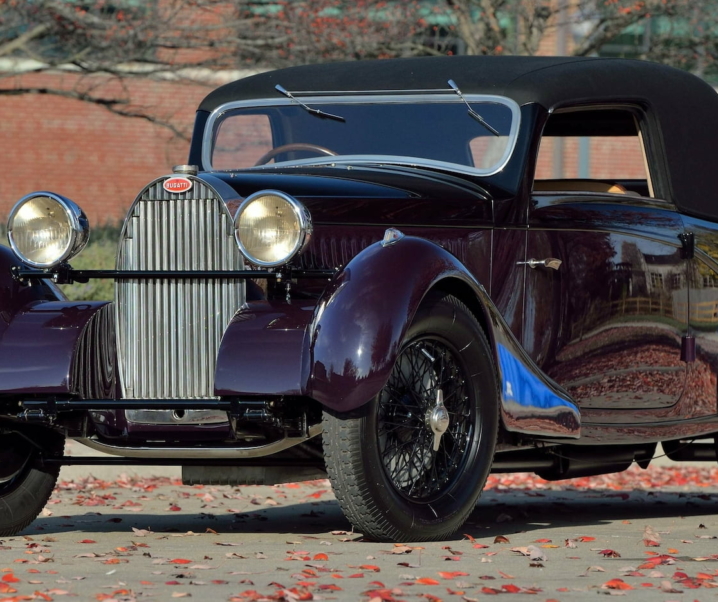For those of us who have spent time working on old cars, motorbikes, and pretty much anything else that’s been around for more than a decade or so, there is one item that is near certain to be in our toolbox for use when the going gets ugly.
I love working on old cars and motorbikes. But there are times when the rust and the blood and the tears become too much, when we have a nut that’s driving us nutty, a bolt that’s determined to stay bolted home, a screw that wants to stay put for the next thousand years – that’s when we reach for our trusty impact driver and a modest 32oz engineer’s hammer.
The first time I saw a mechanic friend use an impact driver my eyeballs almost jumped clean out of my head. He was working on a motorbike and he had a screw that was just not going to budge. Some Penetrene, the impact driver and one smart whack with the 32oz hammer and the workshop became a place of joy again.
Whatever you do though don’t buy the cheapest impact driver you can find. That might just become cause for more weeping and gnashing of teeth. Get a decent one. Lisle tools have a good track record for me so I’d recommend something in that class.
Amazon have a couple of Lisle Impact Driver models for sale.
The Lisle 30200 works with 1/2″ drive sockets and is the best choice for car and truck work. You’ll find that model if you click here.
The Lisle 29200 works with 3/8″ drive sockets and is a good choice for motorbikes and if your socket set is 3/8″ drive. You’ll find that model if you click here.
One last comment. I’ve seen some people on-line recommending you use the biggest baddest hammer you can manage with your impact driver; don’t. An easy to manage 32oz engineers hammer (ball peen hammer) is the right tool for the job. Bigger heavier hammers are harder to control and you don’t just need to hit it hard, you need to hit it right, with control.
To use your impact driver first set it for Left (to undo a right hand thread) or Right (to undo a left hand thread). Insert it into the screw or onto the nut/bolt, take up the slack in the direction you want it to work – i.e. if you’ve set it to Left to undo a right hand thread then turn the body of the impact driver anti-clockwise to the left. Then give it a smart (but not earth shattering) whack with the engineer’s hammer. The older and rustier the nut or screw is the more effort it is likely to take. Just keep on remembering that you don’t want to snap the head off of the screw or bolt you are working on, so don’t smack it like Thor with his mighty hammer. Use Penetrene and/or WD40 and you’ll pretty certainly have a joy filled workshop in no time.
An impact driver is one of those tools that classic car and bike enthusiasts really need in the tool box.

Jon Branch is the founder and senior editor of Revivaler and has written a significant number of articles for various publications including official Buying Guides for eBay, classic car articles for Hagerty, magazine articles for both the Australian Shooters Journal and the Australian Shooter, and he’s a long time contributor to Silodrome.
Jon has done radio, television, magazine and newspaper interviews on various issues, and has traveled extensively, having lived in Britain, Australia, China and Hong Kong. His travels have taken him to Indonesia, Israel, Italy, Japan and a number of other countries. He has studied the Japanese sword arts and has a long history of involvement in the shooting sports, which has included authoring submissions to government on various firearms related issues and assisting in the design and establishment of shooting ranges.

